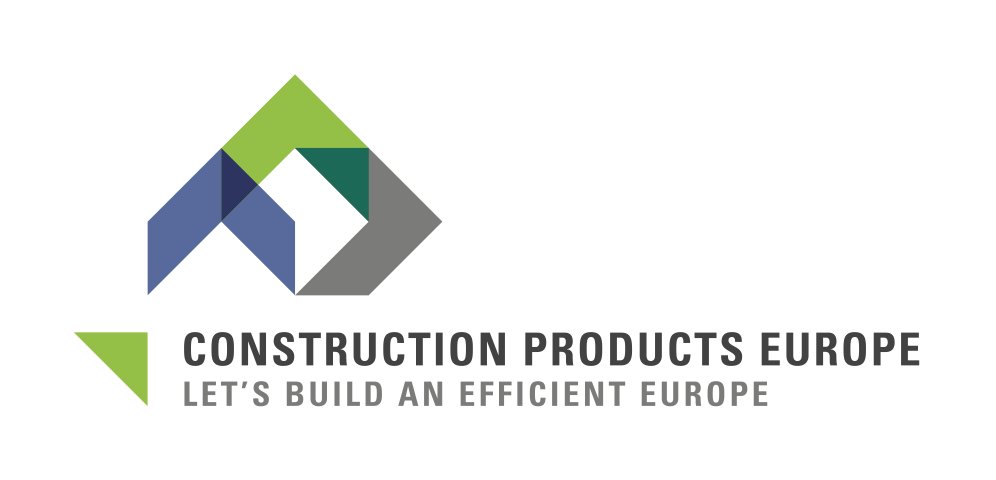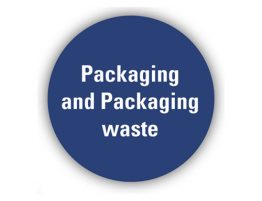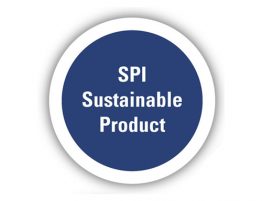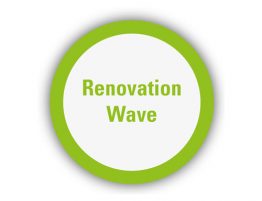Regulation (EU) 305/2011 – The Construction Products Regulation – CPR
It should be noted that construction is subject to the subsidiarity principle: Works regulations (including buildings) are under the sole competence of Member States while the common market for construction products is solely regulated at European level.
The CPR establishes the rules for the marketing of construction products respecting this principle and the division of competences. The approach of the CPR is performance based. Manufacturers declare information about their products’ performances in a unique harmonised way to fit the national requirements. The methods and rules for assessing the performance of products are predominantly developed within the European standardisation system. The process follows mandates or standardisation requests issued by the European Commission which are drafted according to the regulatory needs of Member States and, when necessary, European regulatory demands.
CPR is an excellent regulatory framework for the delivery of product
performance and guarantees a level playing field in the European market
Assessments and declarations constitute a single common technical language developed at European level which grants the free movement of construction products while reducing the cost of the assessment (competitiveness increase).
To achieve European goals as regards building performance a complementary approach of National and European actions is required. On this specific point, the regulation obliges Member States to only apply the common technical language in their regulations, refraining from requesting non-harmonised product information, thereby preventing barriers to trade.
The CPR is the regulatory flagship for construction products, it is construction specific and responds to the specific needs of the construction industry. Therefore, it should remain the default legal framework for delivering construction product information including such related to environment, circularity, release of dangerous substances or any other product performance, which may be assessed and declared. The integration of environmental information through the CPR regulatory framework was initiated when the European Commission mandated CEN with developing necessary assessment rules and a communication format: Environmental Product Declarations (EPDs) based on the EN 15804 methodology but it is not implemented yet.
EPDs have the potential to guarantee a scientifically meaningful implementation of sustainability principles across Europe. They are since several years available and already a legal requirement in some Member States. However, they are still voluntary and not yet part of the common technical language. The European Commission commenced its integration in the CPR regulatory framework in 2018 but stopped it again, due to legal uncertainties related to the citation of harmonised standards.
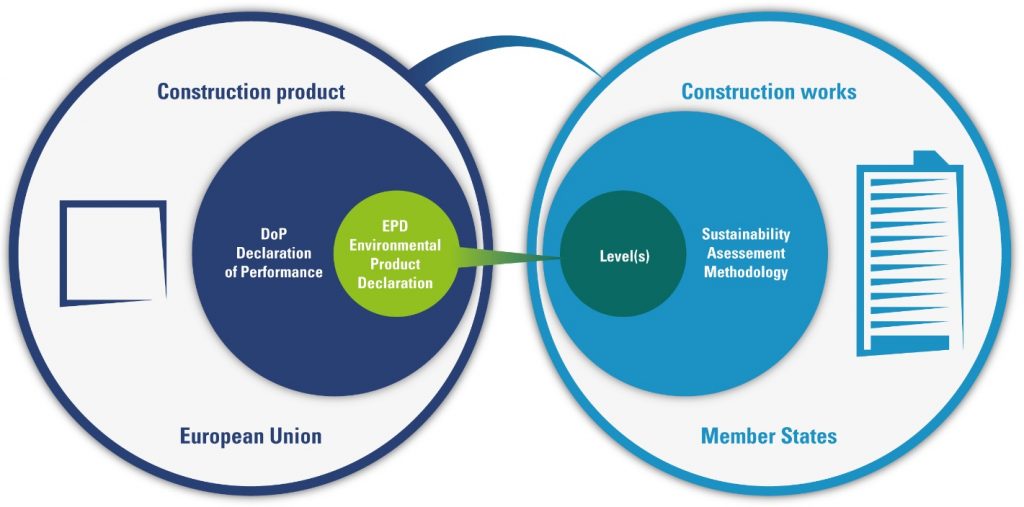
National and European competences as regards product performance
In response to the recommendations of the European Parliament and to the Green Deal, the revision of the Construction Products Regulation will set a particular focus on the environmental performances of construction products. However, as explained afore, it worth stressing and should be noted that the present CPR as adopted in 2011 already allows the integration of environmental product information in Declarations of Performance.
One of the key features of the CPR is the possibility to deliver product information in a digital harmonised format. Yet while the CPR defines the paper format for the Declarations of Performance, as a pillar of the common technical language, a harmonised product data template for declaring construction product performances is however indispensable for exchanging this information in a digital built environment, such as for using it in BIM. To close this gap Construction Products Europe developed in 2018 a standardised approach called Smart CE marking proving that it was possible to define a format complying with the CPR and compatible with other digital environments, such as BIM. Some industries are in the process of implementing it in the market. The revision of the CPR has to provide the missing digital format for the Declarations of Performances and should build upon the experience of the industry and benefit from the investments already made by building upon the standardised Smart CE approach.
